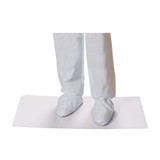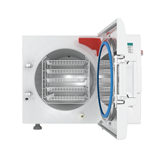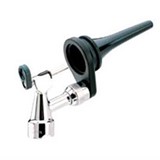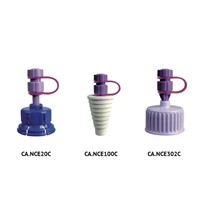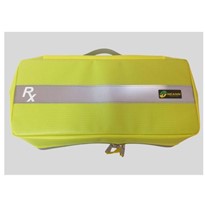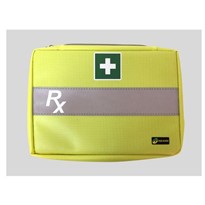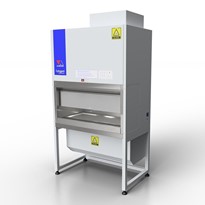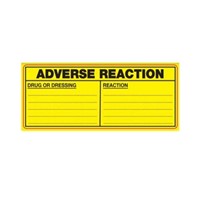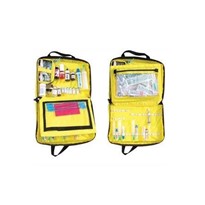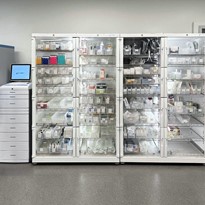Along with the complex tasks that are required from veterinary staff, it is no surprise that medication errors occur every day. With the added pressure, possible fatigue, non-ideal working conditions and urgency of administration, the chance of medication errors has increased significantly. For the most part many errors that occur are not fatal but are preventable when protocols are put in place.
The common medication errors can be categorized by the following (Tobias et al. 2013): Wrong medication; Wrong route of administration; Omission of medication; Wrong frequency; and the Use of expired or incorrectly stored products. The common reasons for these errors are due to misidentification of products due to similar packaging, drugs that sound similar (Tobias et al. 2013), poorly legible drug labels (US FDA 2014), poor storage environments (clutter, lighting etc), complacent use of drugs, using unfamiliar products and miscommunication.
“We have the potential to make errors every day in every practice, and they can happen in so many different ways,” she says. “I don't think it is because people are careless or inept; it's because we are busy and what we do is super complex.”
~ Dr Beth Davidow, DVM, DACVECC(2019)
Although the prevention of these factors above, sound obvious in theory, it is often overlooked in practice due to staff compliance, time and perceived practicality. Two main areas of improvement are staff protocols, and the pharmacy system itself. Incorporating new protocols where staff are required to cross check and by organising the pharmacy in a way to reduce common dispensing errors: separating similar bottles from one another (Zeltzman 2012); restocking products based on soonest expiration; and reducing variations of the same drug. These changes can help mitigate the occurrence of medication errors even when staff are rushed and fatigued. However, even with the possible legal implications from incorrect medication administration, these suggested changes can be hard to implement and reinforce.
“It is not uncommon to be in a scenario whereby a veterinarian will pick up a bottle based on its size or coloured label and expect it to be a specific drug because it is usually stored in that location” (2013)
In the industry, technology is already used widely to improve procedures, recording, and workflow, whilst reducing human error, whilst the pharmacy is often overlooked. Posing the question of why we don’t use technology to manage hospital pharmacies too? Systems can help reduce the common errors seen in pharmacies whilst improving patient safety. The CUBEX system is a pharmacy solution that accurately manages, monitors and individually stores medications through technology.
CUBEX stores medications separately, with witness requirements (cross check), dosages displayed on issue and other medication warnings, all to help assist the user reduce errors for each transaction. It also integrates with PIMS, improving the workflow for staff and ensures all medications are recorded accurately. This technology drastically reduces the chance of medication errors, ensures staff compliance and results in improve patient safety for each medication administered.
Covid 19 has added more pressure on veterinary staff who already experience high levels stress and fatigue. This added pressure along with the staffing shortages, has increased the potential for medication errors to occur. Through utlising technology, hospitals can reduce the contributing factors that cause medication errors and improve patient safety even under those high-pressure situations. (2013).
“The majority of medication errors are preventable"
~ US FDA 2012; Kim-jung 2014b
Bibliography
2019. How to avoid medical errors in veterinary practice. DVM 360 . [Online] December 6, 2019. https://www.dvm360.com/view/how-avoid-medical-errors-veterinary-practice.
2013. The Australian Cattle Veterinarian . Veterianry Mediation Errors. [Online] 2013. https://www.ava.com.au/library-resources/library/ava-scientific-journals/acv/2014/veterinary-medication-errors-from-a-mixed-practice-perspective/Issue%2070%20Koey.pdf.






